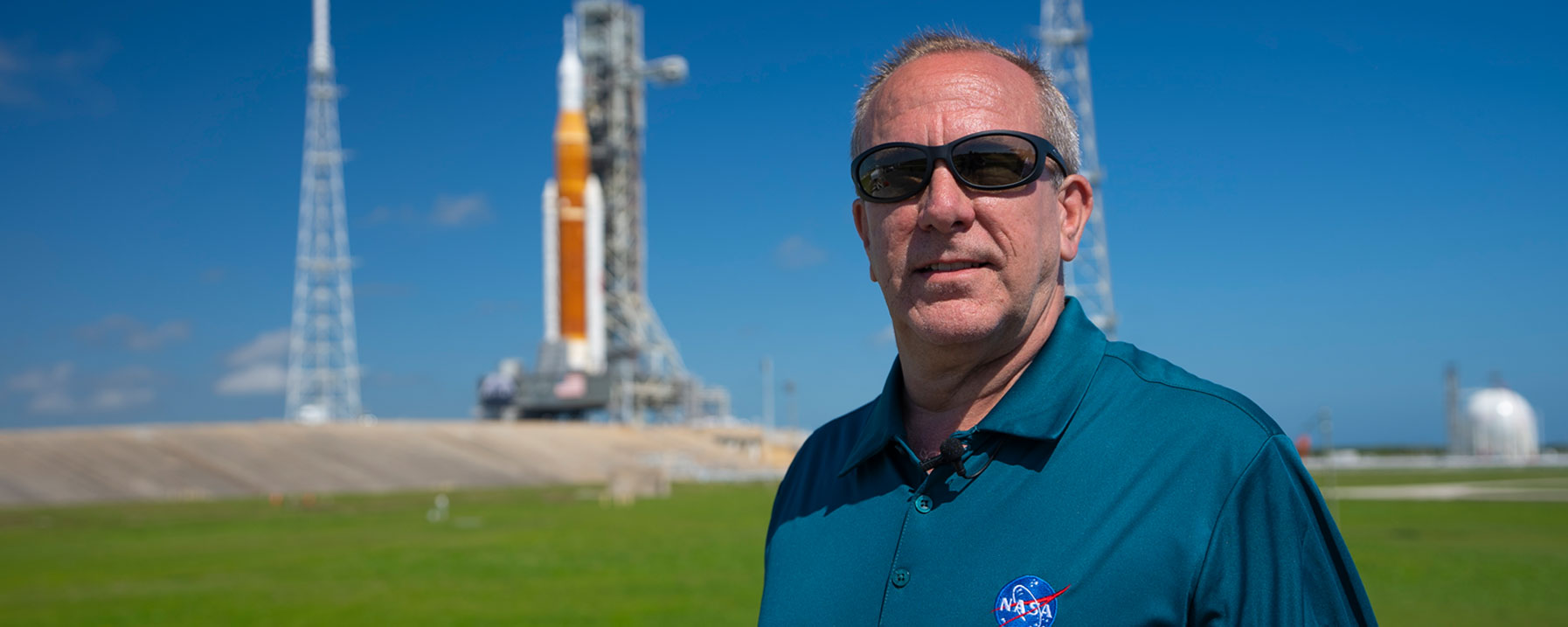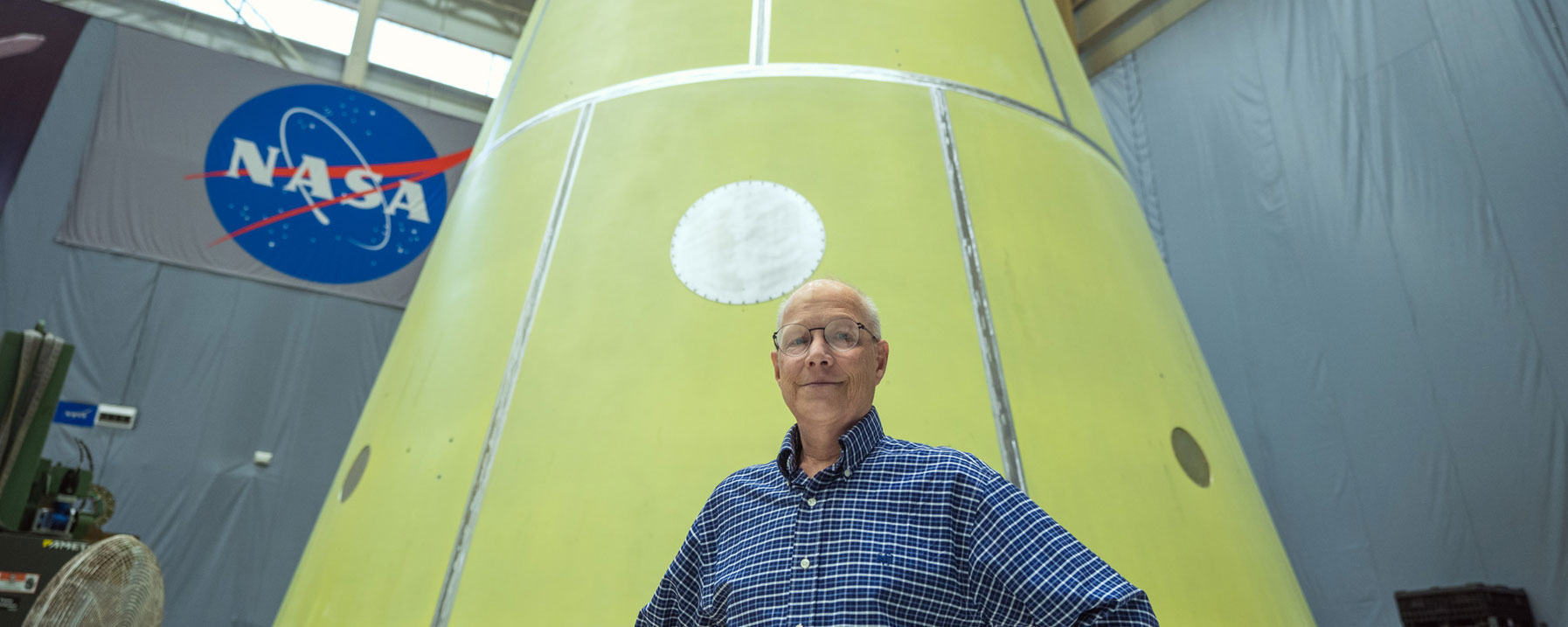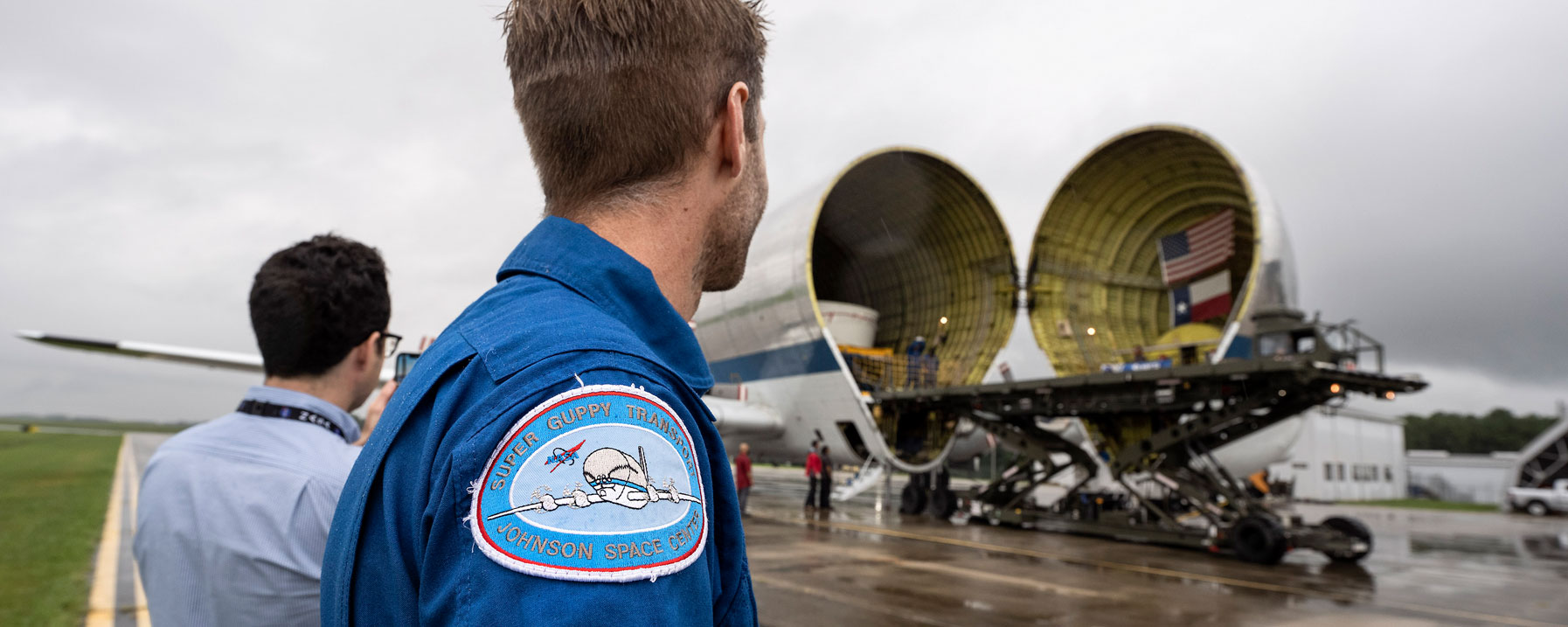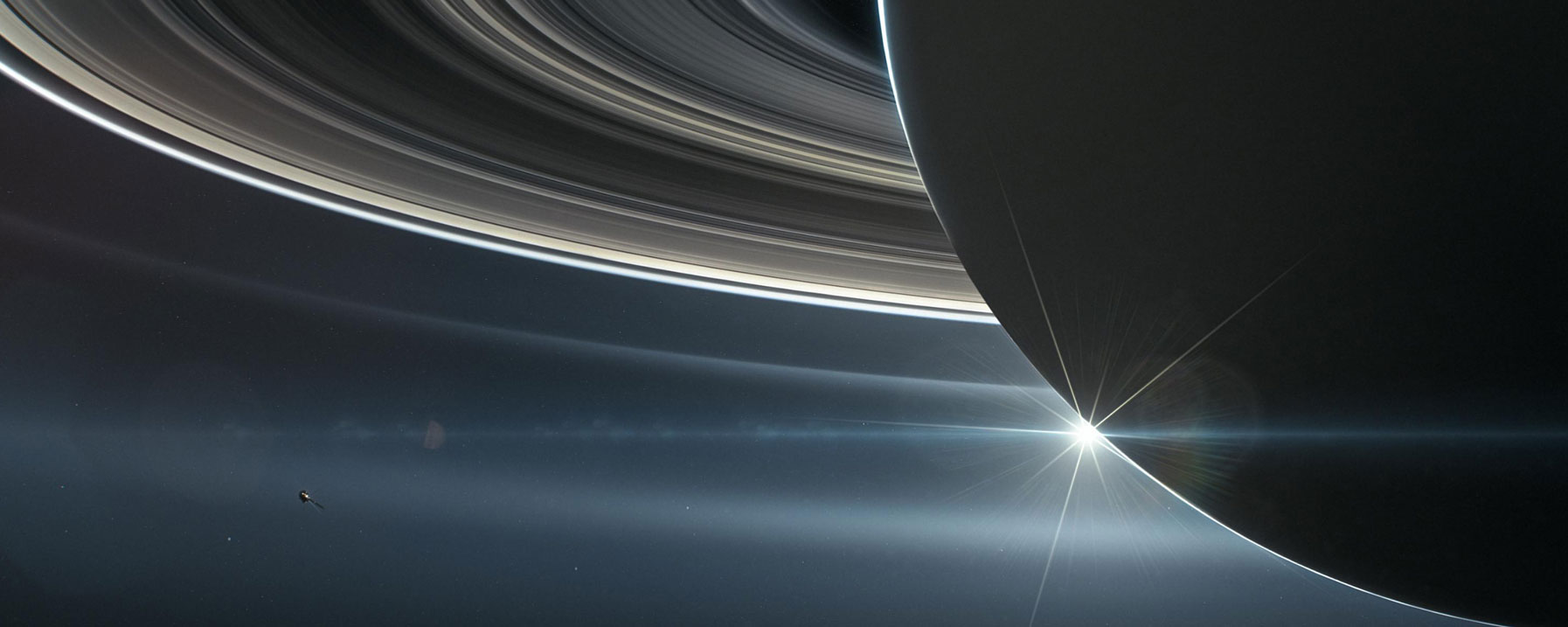NASA’s Super Guppy Delivers Rocket Test Article to Marshall
Teams at NASA’s Marshall Space Flight Center in Huntsville, Alabama, unloaded the Orion stage adapter structural test article from NASA’s Super Guppy cargo airplane Aug. 10. The Super Guppy is capable of hauling loads of more than 48,000 pounds and boasts a cargo compartment 25 feet tall, 25 feet wide, and 111 feet long.
Saturn to Reach Opposition Aug. 14
Saturn will have one of its best viewing opportunities of the year in the period surrounding Sunday, Aug. 14. Or it would, if the nearly full Moon doesn’t spoil the fun. On that date, Saturn will reach opposition – the point where it lies directly opposite the Sun in the night sky – around midnight local time for most stargazers, with the constellation Capricornus behind it.

Europa Clipper High-Gain Antenna Undergoes Precision Testing
The High-Gain antenna for NASA’s Europa Clipper recently finished its second round of testing this year at NASA’s Langley Research Center in Hampton, Virginia. Europa Clipper, which will conduct nearly 50 flybys of Jupiter’s icy moon Europa, was at Langley’s Experimental Test Range in March and April and then again in June and July so researchers could assess its ability to precisely beam data from the spacecraft back to Earth.

NASA’s David Beaman Helps Prepare Super Heavy-Lift Rocket for Flight
NASA engineer David Beaman thinks like a chess grandmaster, always three or four moves ahead. As manager of the Space Launch System (SLS) Engineering & Integration Office at NASA’s Marshall Space Flight Center in Huntsville, Alabama, he oversees 1,000 or so team members – all of them working to fly America’s next deep space rocket and return human explorers to the Moon on the Artemis missions.

Early Days of Space Exploration Inspire Illinois Native to NASA Career
Andy Schorr’s childhood encounters with the idea of space travel were awe-inspiring, if not intimidating: A “Sounds of the Space Age” record tucked inside the pages of his father’s December 1969 National Geographic magazine. Spying the Moon rock on display at the U.S. Space & Rocket Center during a family vacation in the 1970s. That fascination with space, plus a knack for math and science, helped Schorr launch a career that led him to where he is today, as manager of the Spacecraft/Payload Integration and Evolution Office for the Space Launch System Program.
For more information or to learn about other happenings at NASA’s Marshall Space Flight Center, visit NASA Marshall. For past issues of the ICYMI newsletter, click here.




























